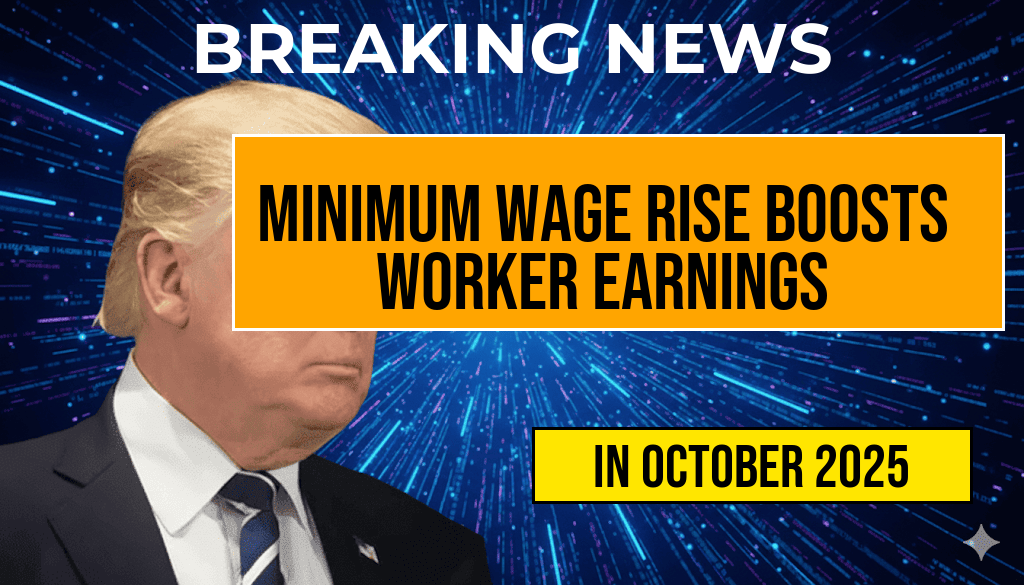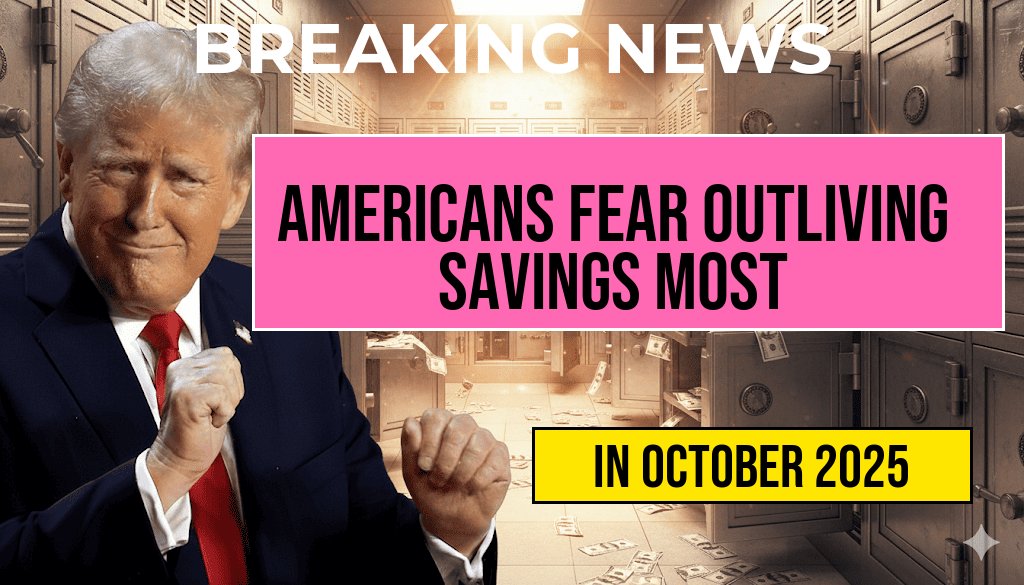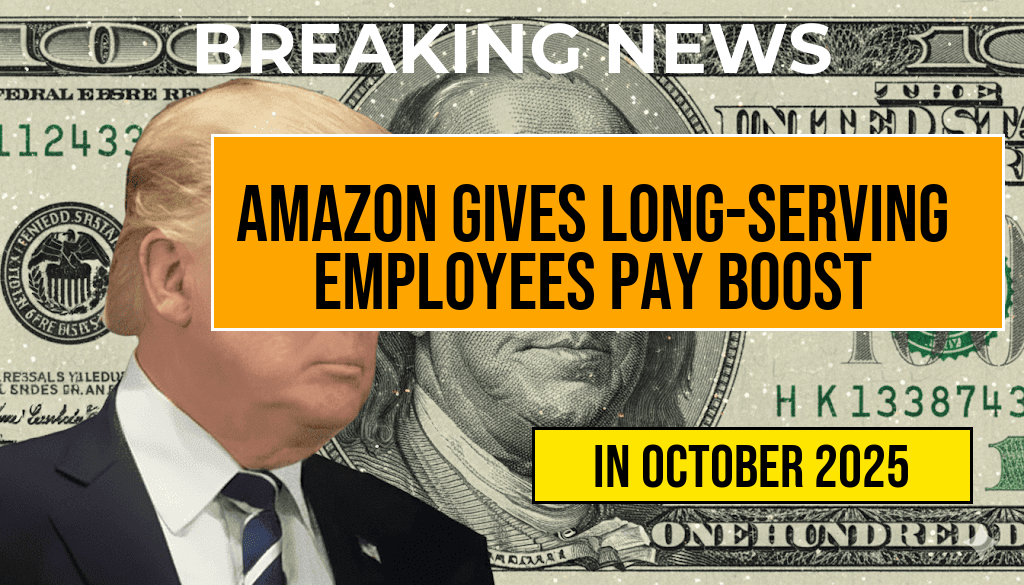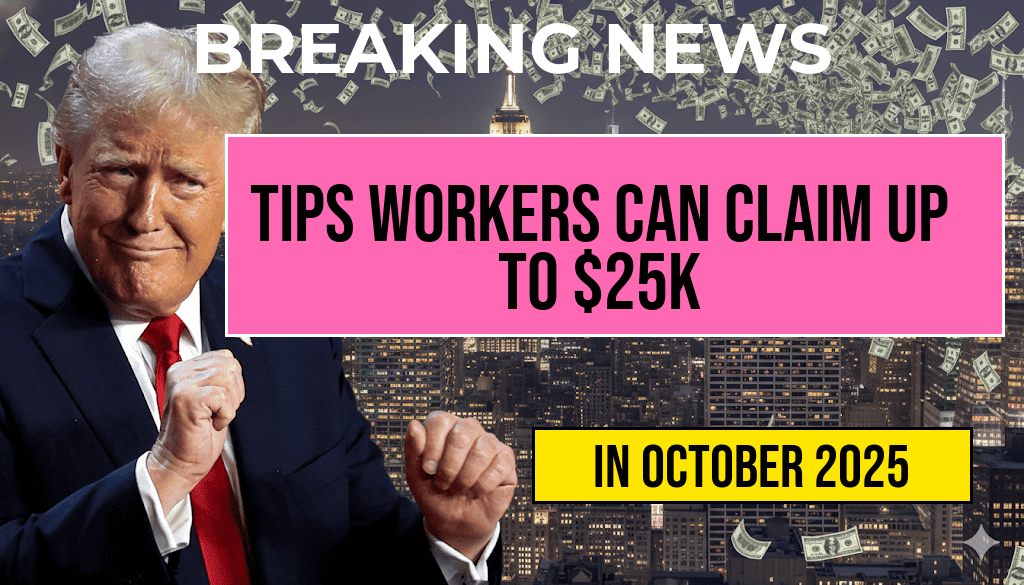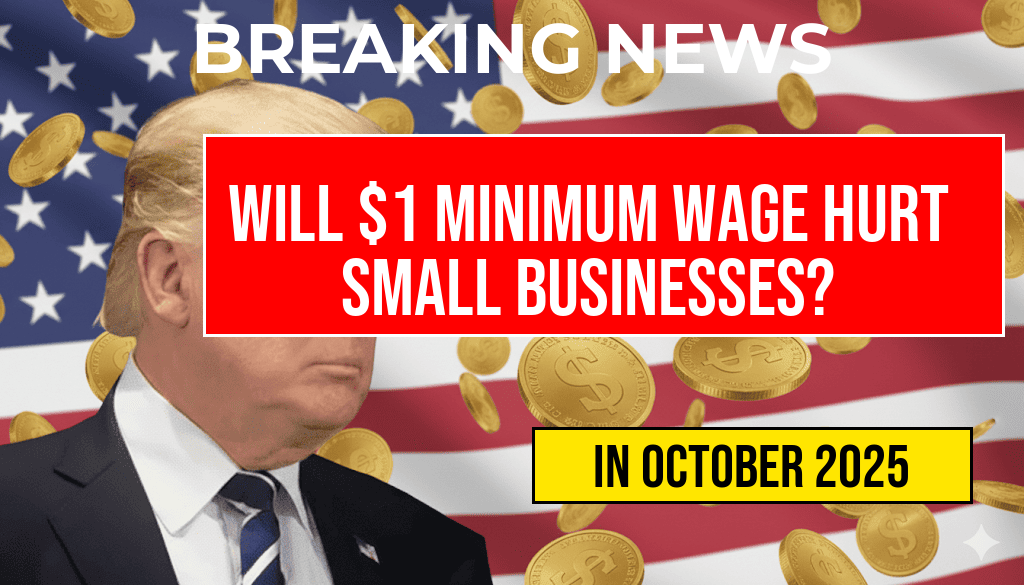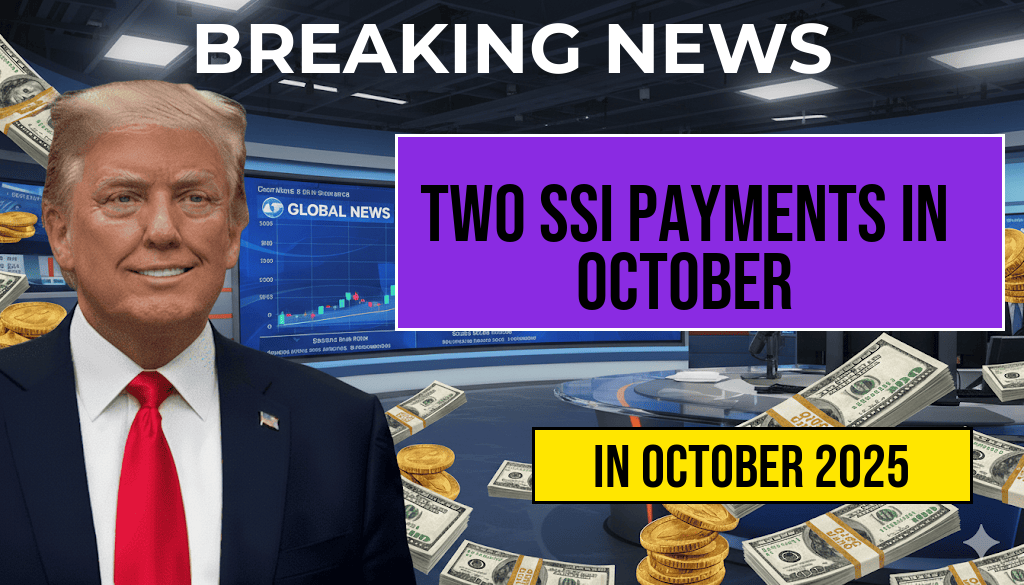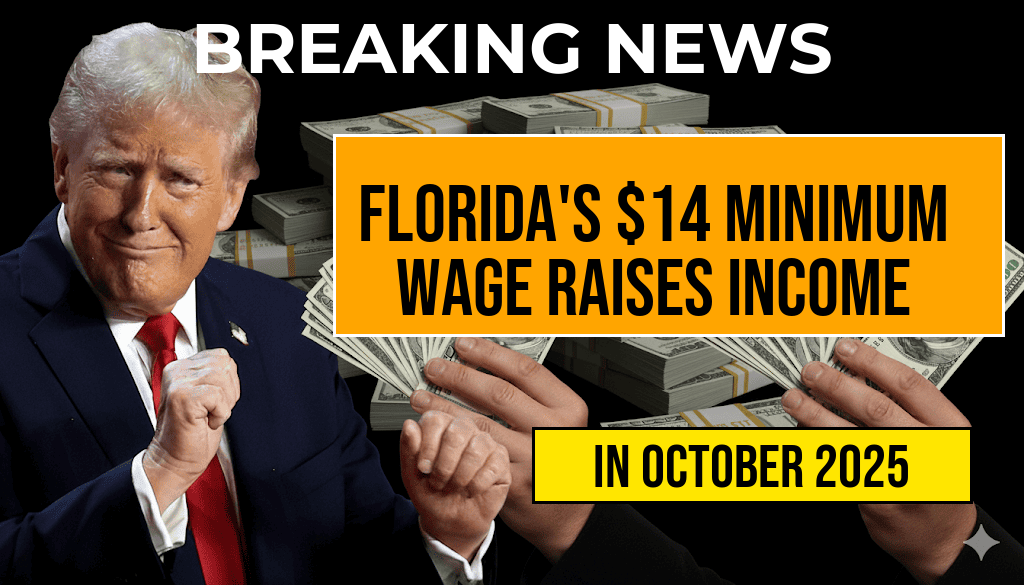The upcoming federal minimum wage increase to $15 an hour is projected to significantly impact the earnings of millions of American workers. An estimated 32 million employees are expected to see their annual income rise by approximately $3,300, marking one of the most substantial adjustments in recent labor policy. This change, set to take effect in the coming months, aims to address income inequality and improve living standards for low-wage earners across the country. While proponents highlight the potential economic boost for workers, critics raise questions about impacts on employment and business costs. The adjustment reflects a broader shift towards increasing minimum wages nationwide, with some states and cities already surpassing the federal baseline. As the policy unfolds, analysis from economic experts and labor advocates underscores its potential to reshape the economic landscape for millions.
Details of the Federal Minimum Wage Increase
The federal minimum wage will rise from $7.25 an hour to $15 an hour over a phased timeline, with full implementation expected within the next few years. This move stems from legislative efforts aimed at raising wages for the lowest-paid workers, many of whom have seen stagnant pay over the past decade. The increase is projected to impact workers employed across various sectors, including retail, hospitality, healthcare, and administrative services.
Impact on Worker Earnings and Household Income
Based on current employment figures, approximately 32 million workers will experience a boost in their annual earnings. Calculations suggest an average increase of about $3,300 per year per worker, assuming full-time employment at the new minimum wage. This uplift could translate into improved financial stability, increased consumer spending, and reduced reliance on government assistance programs.
| Wage Level | Annual Earnings (at 40 hours/week) | Estimated Increase |
|---|---|---|
| $7.25 | $15,080 | — |
| $15.00 | $31,200 | $16,120 |
While the average increase is calculated at around $3,300 annually, the actual benefit varies based on hours worked, employment stability, and regional cost-of-living differences.
Economic Perspectives and Industry Reactions
Economists are divided in their assessments of the wage hike’s broader economic effects. Proponents argue that higher wages can lead to increased consumer spending, which supports economic growth and reduces poverty levels. Studies from institutions like the Congressional Budget Office (CBO) suggest that modest increases in the minimum wage have limited adverse effects on employment, especially when phased in gradually.
However, critics warn that substantial wage hikes could lead to higher operational costs for small businesses, potentially resulting in layoffs or increased prices. Some industry groups have expressed concern about the financial strain, particularly in sectors with tight profit margins. A report from Forbes highlights that some employers are already exploring automation and other cost-cutting measures in response to the wage increase (source).
Regional Variations and State-Level Policies
Several states and cities have already enacted minimum wages exceeding the federal level, creating a patchwork of wage standards. For example, California and New York have minimum wages set at $15 or higher, reflecting regional economic conditions and cost of living. The federal increase sets a national baseline, but local legislatures retain the authority to establish higher minimums, which many are doing.
Implications for Employers and Workers
- For workers: Increased earnings may lead to better housing, healthcare access, and overall quality of life.
- For employers: Businesses may face higher payroll costs, prompting adjustments in staffing, pricing, and automation strategies.
- For the economy: A potential boost in consumer spending could stimulate growth, but the risk of inflationary pressures remains a concern among some economists.
Policy Outlook and Future Considerations
The federal wage increase signals a shift toward higher baseline standards for low-wage workers, aligning with broader discussions on income inequality and economic fairness. Policymakers are closely monitoring the transition, with debates ongoing about further increases and the long-term impacts on employment and inflation. Some advocacy groups continue to push for a nationwide minimum wage of $20, citing studies that link higher wages to improved worker productivity and reduced turnover (source).
The phased approach allows businesses time to adapt, but the true effects of the wage hike will unfold over the coming years. As states and regions implement their own adjustments, the federal increase serves as a benchmark, shaping the future landscape of American labor standards.
Frequently Asked Questions
What is the main impact of the federal minimum wage increase to fifteen dollars?
The increase is expected to boost annual earnings by approximately three thousand three hundred dollars for about thirty-two million workers.
Which workers are most likely to benefit from the minimum wage hike?
Workers earning close to the current minimum wage across various industries will most likely see significant income increases as a result of the new minimum wage policy.
How does the wage increase affect overall employment and business operations?
While some concerns exist about potential impacts on employment levels and business costs, many experts believe the raise will support consumer spending without causing widespread job losses.
When will the federal minimum wage increase take effect?
The federal minimum wage increase is scheduled to take effect on [Insert Date], with employers required to comply with the new rate from that date forward.
Are there any exceptions or specific conditions for certain types of workers?
Yes, some exemptions or special conditions may apply to young workers, tipped employees, or workers in specific industries, depending on federal and state regulations.

